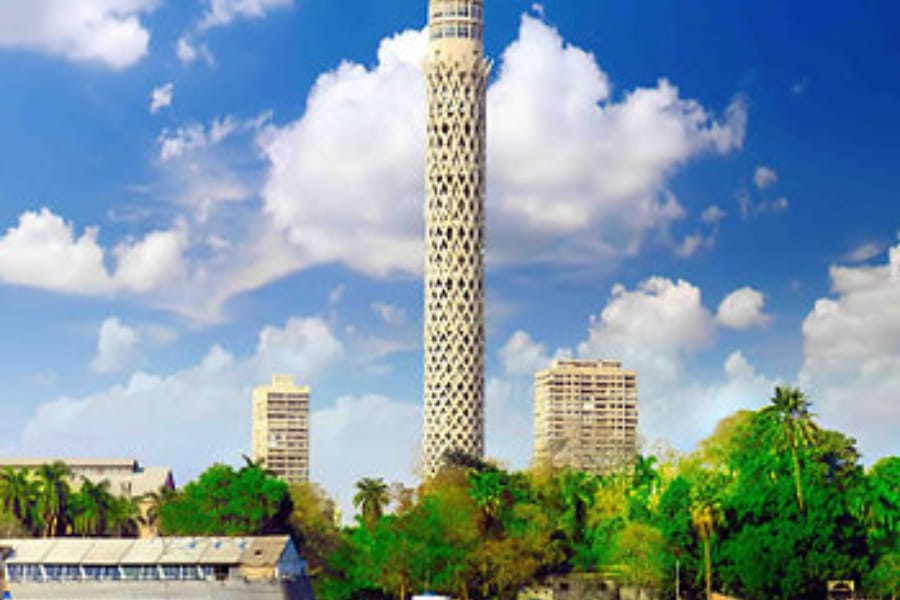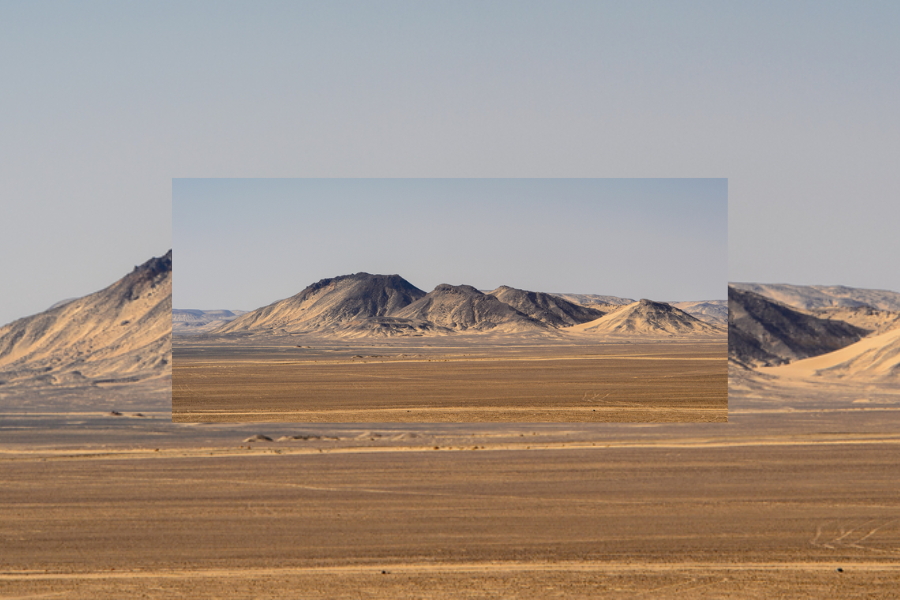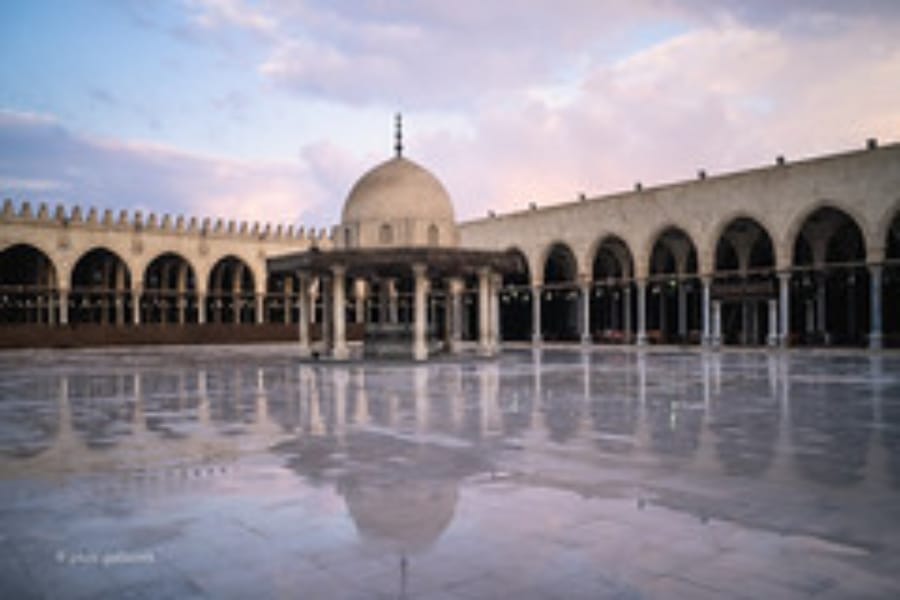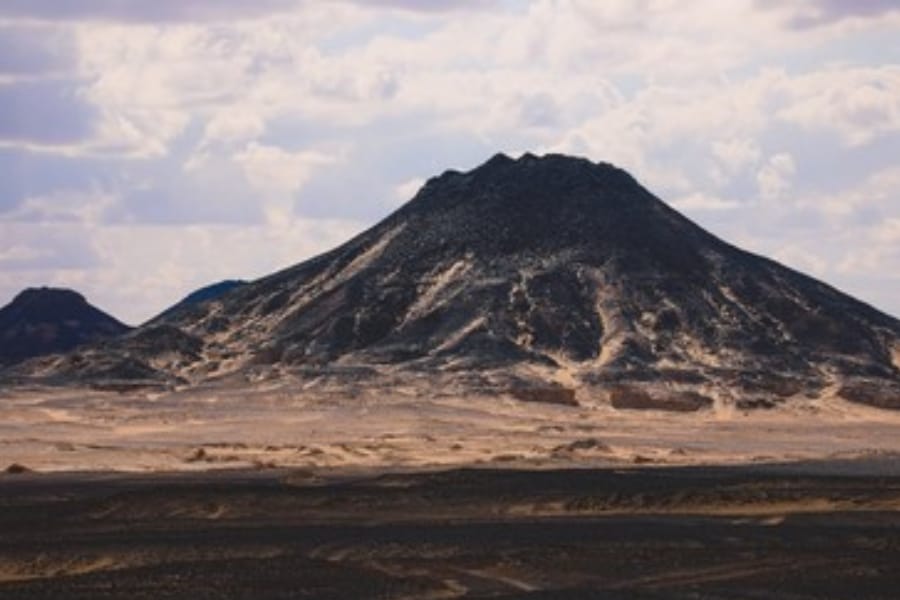Al Rifa’i Mosque in Cairo: A Marvel of Islamic Architecture
Al Rifai Mosque is a charming Muslim place of worship located in Cairo, Egypt. The Mosque also has another name, the Royal Mosque, because it has always acted as the last resting place for several members of the Egyptian royal family.
Al Rifai Mosque is situated close to Saladin Citadel in Cairo, opposite its ancient counterpart, the Mosque – Madrassa of Sultan Hassan, and it’s now open to the public. The main massive hall of worship took 43 years to be fully constructed, with the last stage finished in 1912.
The construction of the Al Rifai Mosque was a part of the development plan of the Egyptian rulers to improve the capital city, in addition to accrediting the years of glory of the Islamic history of Egypt during the nineteenth century. The design of the Mosque, especially its dome and minaret, is completely influenced by Mamluk architecture, and this is obvious in the interior part of the mosque.

Al Rifai Mosque
History of Al Rifa’i Mosque
Khushyar Khanum, the mother of Khedive Ismail, authorized Hussien Fahmy Pasha Al-Maar, “the engineer,” in 1869 to be a prince of the royal family. In 1840, he traveled to France as a member of the fifth expedition of Mohammed Aly, which was the most significant one ever.
It was an educational expedition to replace the Al Rifa’i Zawia, “a very small place for worship,” and its grave with a great mosque from the ruling family. But for bad luck, he died during the construction of the first stage, in addition to the giving up of Khedive Ismail in 1880, which made the construction process stop suddenly.
In 1905, Abbas Helmy II, the ruler of Egypt, ordered the resume of work on the construction process of the mosque and authorized Max Hers Bey, who was a Hungarian architect working on the Commission for the Preservation of Arab Antiquities in Cairo.
An Italian architect called Carlo Virgilio Silvani aided Herz under the direction of Ali Pasha Mubarak, the minister of Public Works in the reign of Khedive Ismail. It’s thought that this mosque represents a breaking point in the cultural and political history of Egypt.

History of Al Rifa’i Mosque
Architecture and Design of Al Rifa’i Mosque
The Mosque was designed to be a self-contained monument; Al Rifa’i Mosque distinguished Its location by presenting its four completed articulated facades and a highly ornamented Mamluk-style dome and minaret tower.
Al Rifa’i mosque overlooks straight streets and wide squares, which are two distinctive features of the European city style, which was accredited during the reign of Mohammed Aly and his successor. They desired to transform the traditional society of Egypt into an international society.
The connection of the mosque to Mamluk history was obviously shown in the wonderful works of the mosque, such as good quality materials, amazing colors, and the details of the Sultan Hassan Mosque, which is close to Al Rifa’i Mosque on the other side of the street. The Mosque was considered the architectural incorporation of the new ruling family’s desire for legality, which they sought to do by employing the national symbols that were represented by the mosque.
There was a French architect whose name was Ali Pascal Coste; he was a member of Mohammed Aly’s court. Despite the historical significance of this mosque, it was reduced to a few selective surface ornamentations. The centrality of the mosque and the avoidance of complex Mamluk locative formations in order to serve a rational plan reflect that the architect was absorbed in the revival movement of the classical beautiful arts of the nineteenth century.

Architecture and Design of Al Rifai Mosque
A wonderful tour of Al Rifa’i Mosque
You can enter the Al Rifa’i Mosque with a ticket, including the entrance to Sultan Hassan Mosque. Also, on the other side of the street, the Al Rifa’i Mosque was built to complement the ancient mosque. The two structures make you feel that they are one entity.
The Al Rifa’i Mosque is located out of the walls of the ancient citadel of Cairo. It is always visited as a part of an Islamic tour in Cairo, which may also include visits to the Citadel, the Alabaster Mosque, and sometimes Ibn Tulun Mosque, among other sites.
Some day tours combine Islamic Cairo with Coptic Cairo, with additional visits to some sites like the Hanging Church, the Ben Ezra Synagogue, and the Church of Saints Sergio and Bacchus to finish the wonderful journey.
What should you know before you go?
For anybody interested in the Islamic architecture, the Al-Rifai Mosque, and the Sultan Hassan Mosque are must-see destinations. When visiting Islamic religious places of worship, you should dress in modest clothing and cover your shoulders, arms, and legs completely.
Women will need to cover their hair, as they usually do when visiting a mosque, and everyone will need to take their shoes off at the entrance of the mosque.

What to Know Before You Go
How to get to Al Rifa’i Mosque?
The Al Rifa’i Mosque and the Sultan Hassan Mosque are located in Citadel Square of Salah El-Din Citadel, north of Bab Al-Azab.
If you want to have a fantastic and unforgettable day tour of Islamic and Coptic Cairo, join us on our Cairo day tours.

How to Get to Al Rifa’i Mosque
When can you visit Al Rifa’i Mosque?
The Mosque is open for tourist visits from Sunday to Thursday in the morning; on Fridays, the mosque is open only for mid-morning prayer. The Al Rifa’i Mosque is a fantastic Islamic attraction that you must visit on your tour of Cairo.





